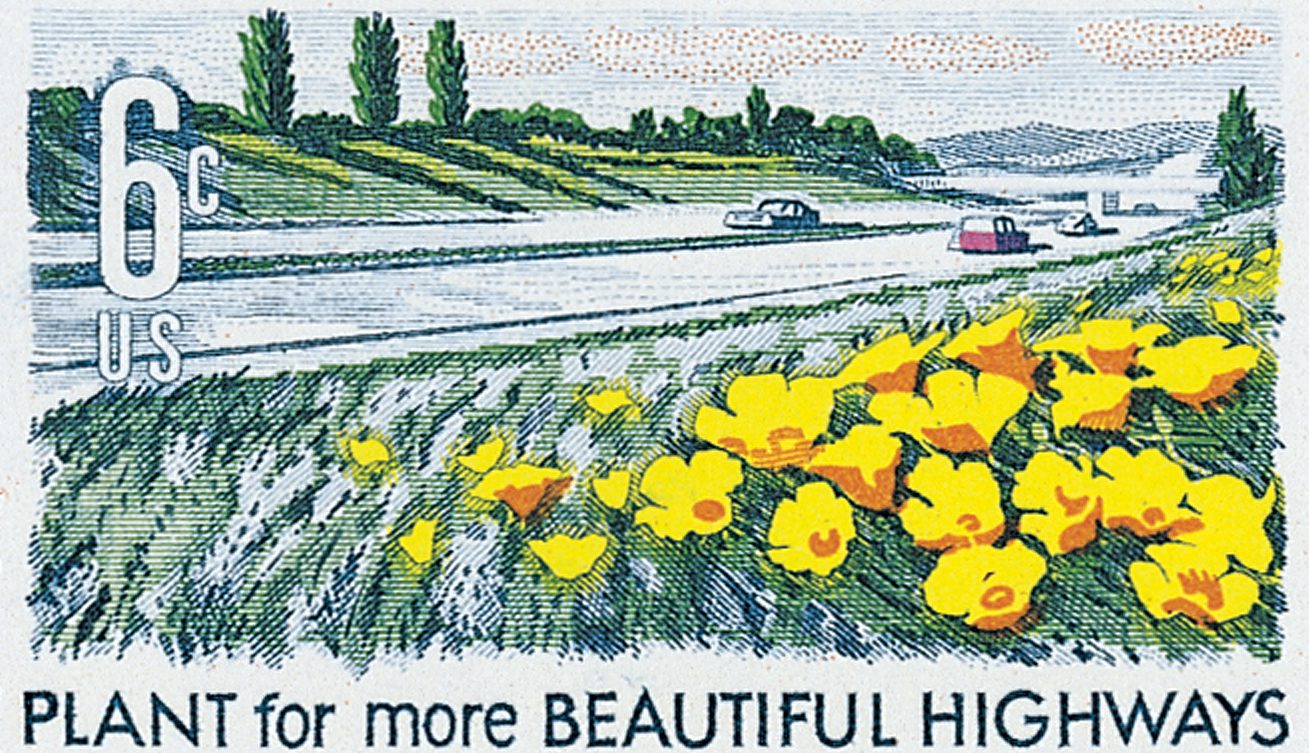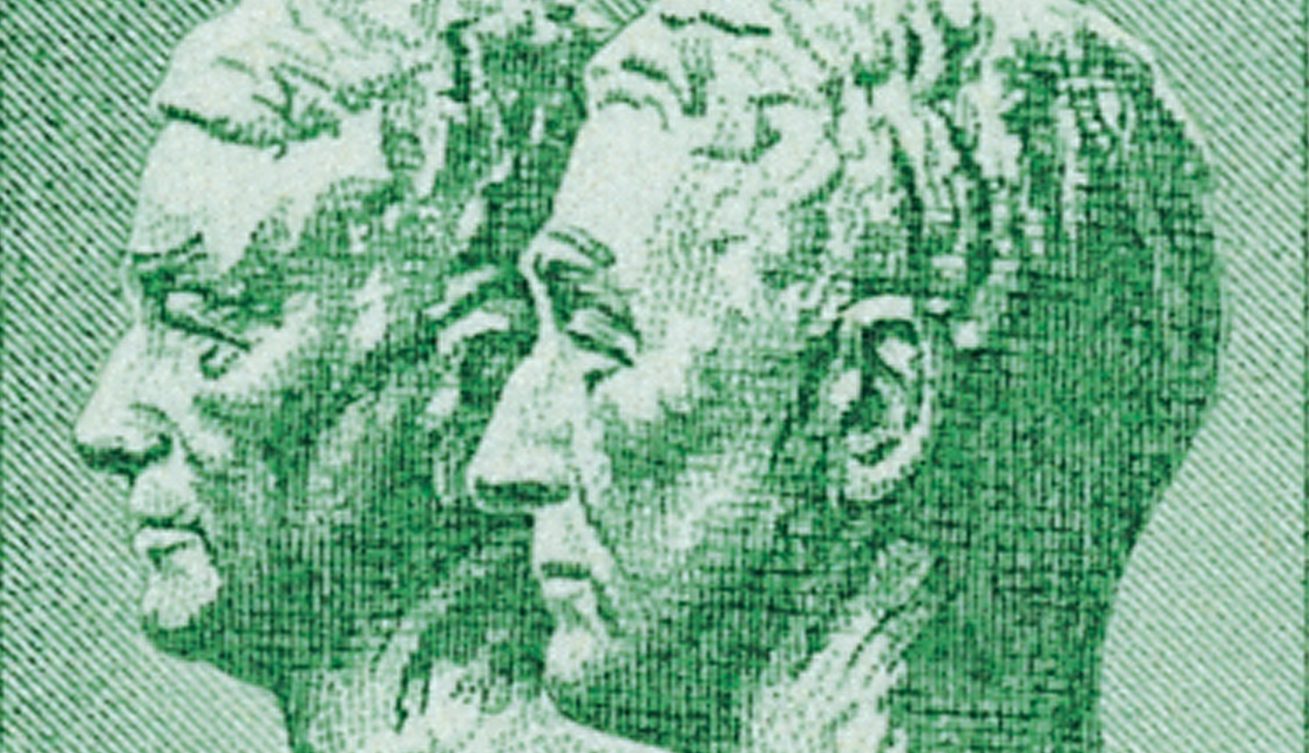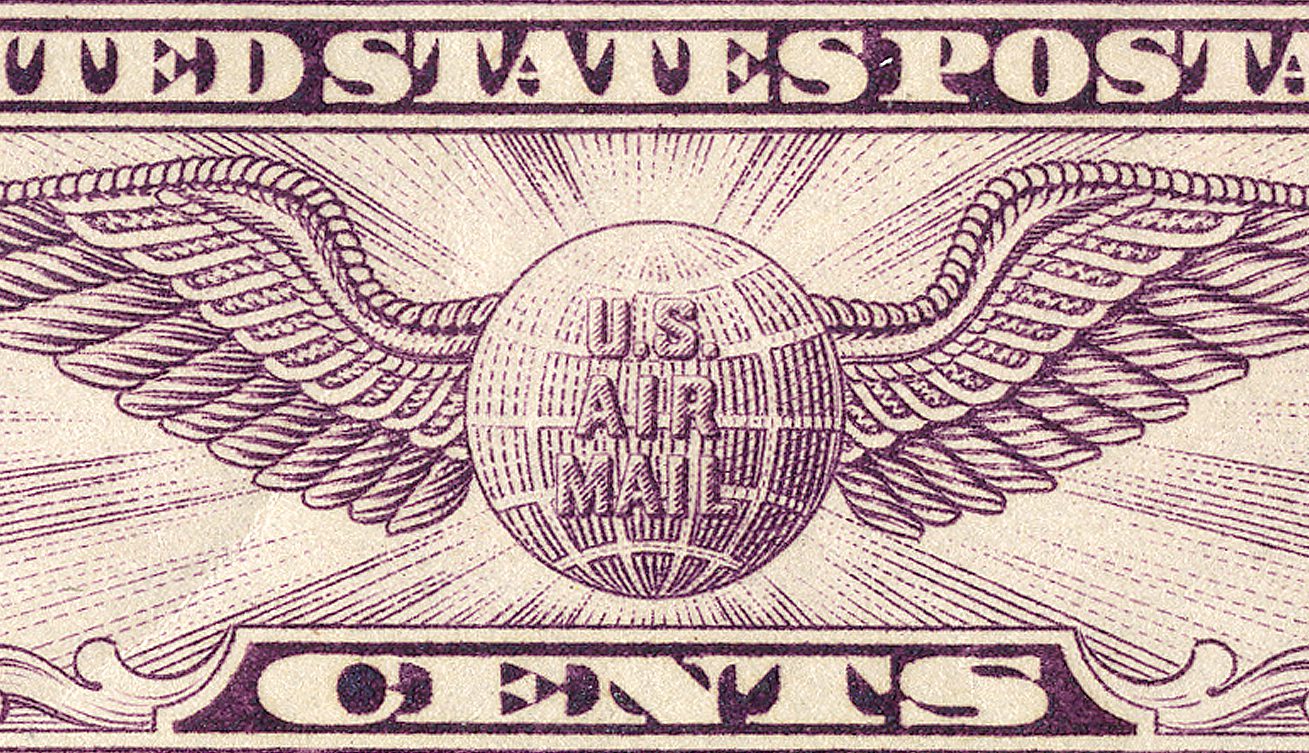America’s First Superhighway
On October 1, 1940, the Pennsylvania Turnpike opened to drivers. Measuring 160-miles at the time of its opening, it’s considered the first superhighway in the US and helped inspire other state turnpikes and America’s Interstate Highway System.









